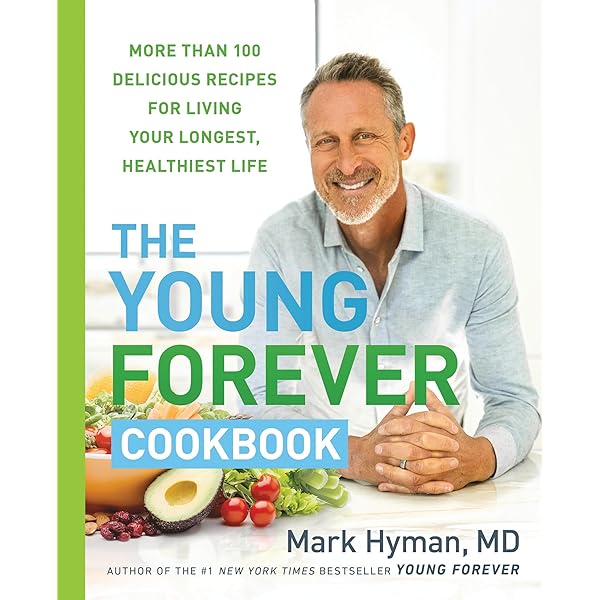
**Living to 100: What Health Trends and Lifestyle Choices Are Really Doing for Us**
Woody Allen once remarked, “You can live to be a hundred, if you give up everything that makes you want to live to be a hundred.” While this statement carries humor, it also highlights the deeper conflict between pleasure and self-control—a dilemma central to our quest for healthier living. Our contemporary landscape, filled with trendy diets, wellness advocates, and an ever-expanding list of “must dos” and “must nots,” has intensified the bewilderment over what it truly means to maintain good health and extend longevity.
A key player in this intricate environment is Vani Hari, widely known as the Food Babe. With over three million followers, Hari commits herself to uncovering what’s “really” in our food and advising consumers to steer clear of contemporary food additives, GMOs, and processed ingredients. Although her enthusiasm for healthier eating is commendable, her methodology often blurs the distinction between legitimate health concerns and fear-driven pseudoscience.
### The Temptation of “Natural” and the Reality of Nutritional Science
The societal fixation on “natural” products has led food marketing to emphasize terms like “organic,” “non-GMO,” and “chemical-free.” But what do these terms actually signify? The Food Babe has tapped into this consumer desire by asserting that so-called “unnatural” components in our diet—like artificial additives and GMOs—are to blame for prevalent health problems.
However, many scientific studies contradict her viewpoint. Research has shown that the GMOs available to consumers today are nutritionally comparable to their non-GMO counterparts and are safe for consumption. Likewise, numerous food additives, including potassium sorbate and certain artificial colors, have undergone extensive research and are considered safe according to regulatory standards. The anxieties surrounding these items often stem more from public perception than from factual evidence.
To clarify this issue, prominent health organizations such as the American Cancer Society and the American Heart Association seldom include food additives and GMOs in their dietary guidelines. Why? Because these factors hold minimal significance relative to more clear-cut issues like overeating, inadequate physical activity, and insufficient dietary variety.
### The Real Health Challenges: Simplicity That’s Hard to Attain
At the core of America’s health predicament lies a painfully simple fact: Many individuals consume excessive amounts of processed, sugar-laden, and fatty foods, neglecting the nutrient-rich options such as vegetables, fruits, whole grains, and legumes. Pair this with a lack of physical activity, and you set the stage for chronic health conditions like obesity, diabetes, heart disease, and cancer.
It’s not that people in the U.S. are clueless about healthy eating—most are aware that dishes like baked salmon and salads are superior choices to cheeseburgers and fries. The challenge, however, stems from our evolutionary background, cultural customs, and contemporary ways of living.
#### Evolutionary Urges
Throughout history, humans have cultivated a natural inclination towards calorie-dense foods rich in sugar and fat. These preferences served as evolutionary advantages, enabling early humans to survive during famine and scarcity. Yet, in today’s age of food abundance, these innate cravings can work against us. Modern processed foods are deliberately designed to cater to these desires, resulting in options that are not only remarkably tasty but also excessively high in empty calories.
#### Societal Practices
Additionally, our customs and social frameworks heavily promote indulgence. Celebrations, holidays, and even office events often center around food—typically of the highly processed variety. Social norms frequently push us towards “treating ourselves,” and recommending broccoli or quinoa at a gathering is far from trendy.
#### Lack of Physical Activity
Another significant hurdle to health is the prevalent physical inactivity that characterizes contemporary life. Prior to industrialization, manual labor ensured that most individuals expended calories as part of their daily routines. Nowadays, sedentary occupations and lifestyles prevail, compelling us to consciously allocate time for physical activity. Finding that time—let alone the drive—can feel akin to a monumental task, especially for parents balancing professional obligations and child-rearing.
### Why Quick Fixes Fail
Given these challenges, it’s easy to become fixated on simpler, superficial problems like chemical additives or GMOs. These are straightforward issues to identify, rally against, and “resolve” merely by selecting a different brand or opting for a pricier “natural” choice. It’s no surprise that individuals like the Food Babe resonate with many; they present solutions that seem clear-cut and feasible, as opposed to being profoundly challenging and systemic.
However, as tempting as these quick fixes might appear, they seldom tackle the fundamental problems contributing to poor health outcomes. Transitioning from conventional chips to organic ones, or from GMO corn to non-GMO alternatives, fails to address the issue of over-snacking itself. Health research overwhelmingly indicates that the most significant benefits arise from comprehensive lifestyle changes rather than isolated substitutions.
### What